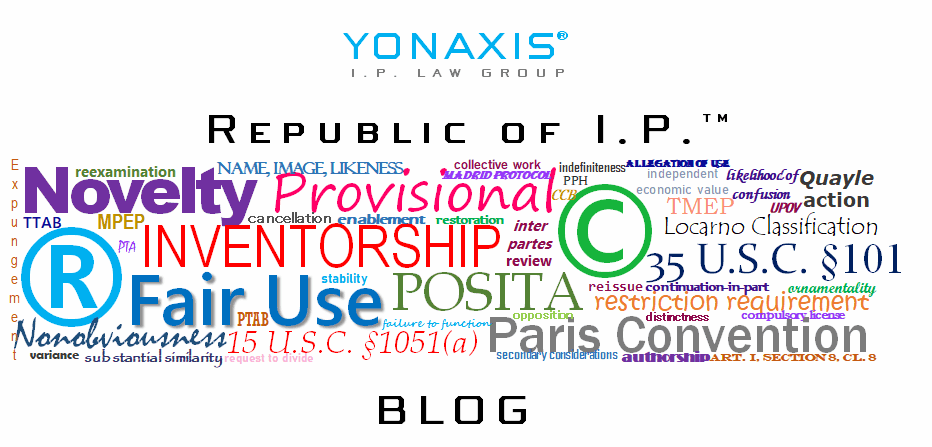When asked to describe what is I.P., most people will reply with a generalized answer of patents, copyrights, or trademarks. However, the field of intellectual property encompasses more sub-categories than these “Big 3.” This blog posting will consider one of the many other I.P.s, specifically geographical indications.
What is a Geographical Indication (GI)?
A geographical indication (GI) is an indicia used on a product to denote that that product originates from a specific geographical location. With that specific GI designation, the connotation is that the product is made with specific qualities, characteristics, standards, or reputation idiosyncratic to that geographical location. GIs are an important form of I.P., especially for the agriculture, food, beverage, wine, and spirit industries.
How is a GI protected?
GIs can be protected through a variety of means. Specific protection differs from jurisdiction to jurisdiction. On a worldwide level, GIs are defined by the Agreement on Trade-Related Aspects of Intellectual Property Rights (TRIPS) administered by the World Trade Organization (WTO).
In some jurisdictions, it is a sui generis regime of statutes or case law. A sui generis right is a right which has its own distinct, independent classification. This is the case with GI protection in Great Britain, where laws have been legislated and are administered by the Department for Environment, Food & Rural Affairs.
In some other jurisdictions, product labeling and approval regulations are in place to regulate GIs, specifically through quality control measures. This is the system primarily adhered to in the European Union.
In several other jurisdictions, GI protection fall under the aegis of trademark law. An example is GI protection in Canada, which falls under the Canadian Trademarks Act.[1]
In the United States, GI law is a mixed regime of federal trademark law and regulatory scheme. Statutory authority stems from the Section 2 of the Lanham Act.[2] New trademark registration, specifically through collective marks and certification marks, is handled through the USPTO. A collective mark is defined as either a mark currently used or intended to be used by members of a cooperative, association, or other collective group or organization (TMEP 1302).[3] A certification mark is defined as a mark currently used or intended to be used to certify a particular regional origin, material, mode of manufacture, quality, accuracy, or other characteristic that the work or products used to make the goods or services was performed by members of a union or other organization with a particular skill in making the product or conducting the service (TMEP 1306).[4] Labeling and quality requirements are regulated by the U.S. Alcohol and Tobacco Tax and Trade Bureau (TTB), which is a sub-department of the U.S. Department of the Treasury. TTB’s jurisdiction regulates designations of geographic significance for wine production, overseeing the American Viticultural Areas (AVAs), and mandatory labeling requirements for distilled spirits and malt beverages. All companies in these industries must also register with the TTB.
This is only an overview of protection of the intellectual property of geographical indications. Part II will examine specific protections for a sub-category of GI, appellations of origin.
For more information on geographical indications, please contact Yonaxis I.P. Law Group.
[1] Section 11.12(1), Trademarks Act.
